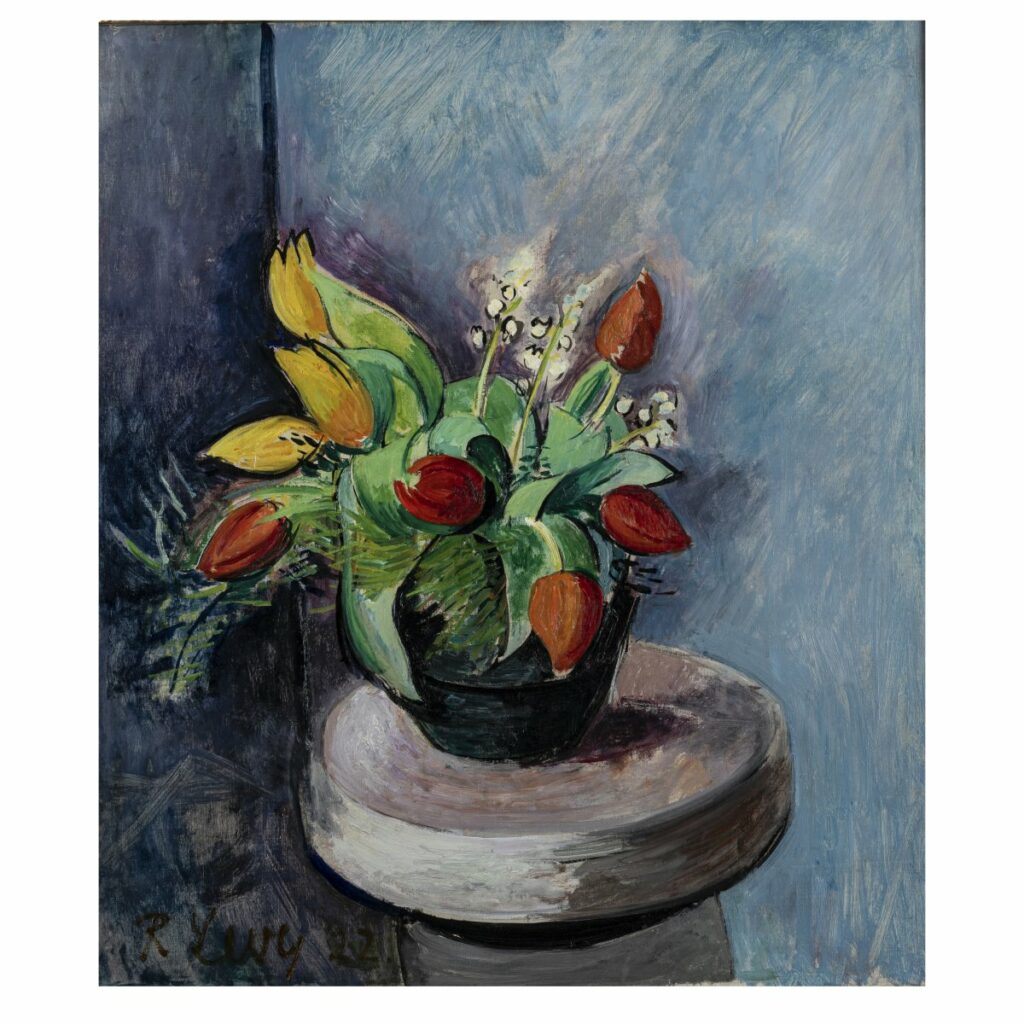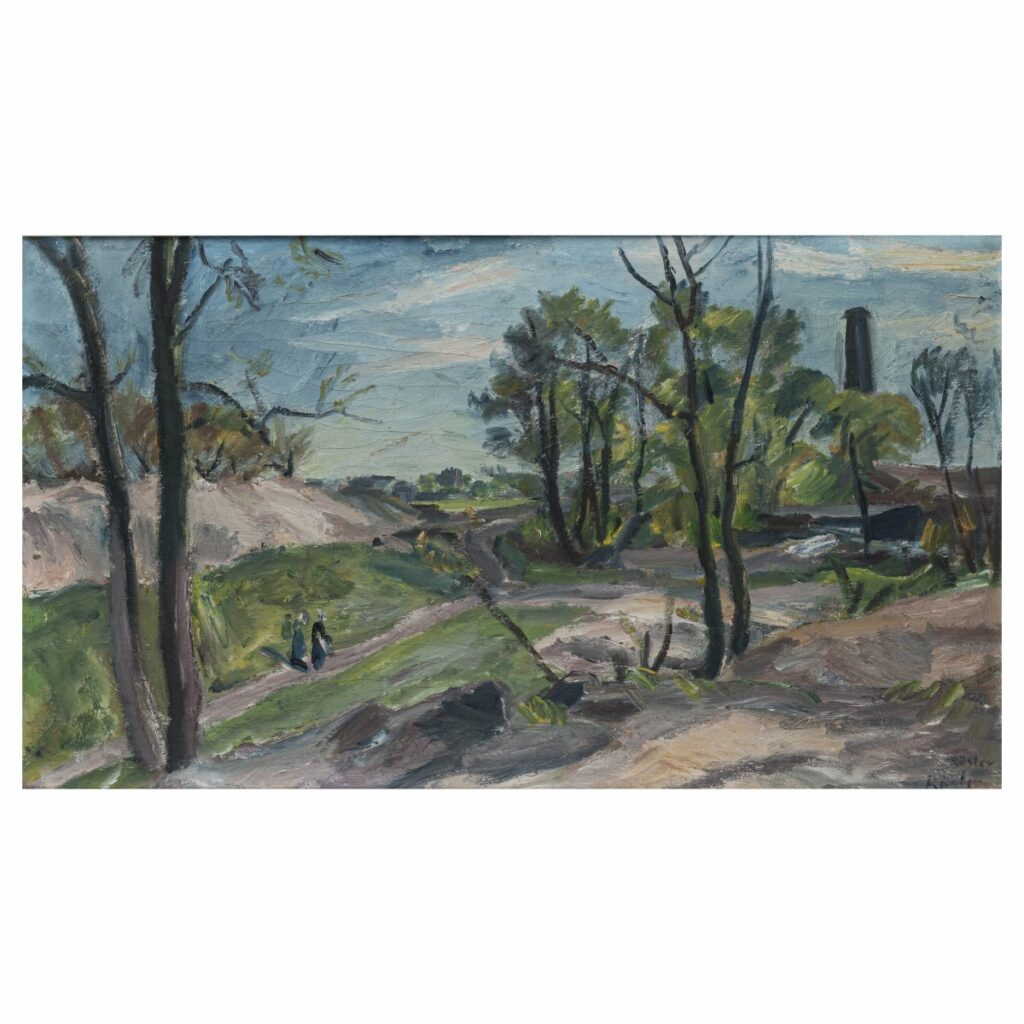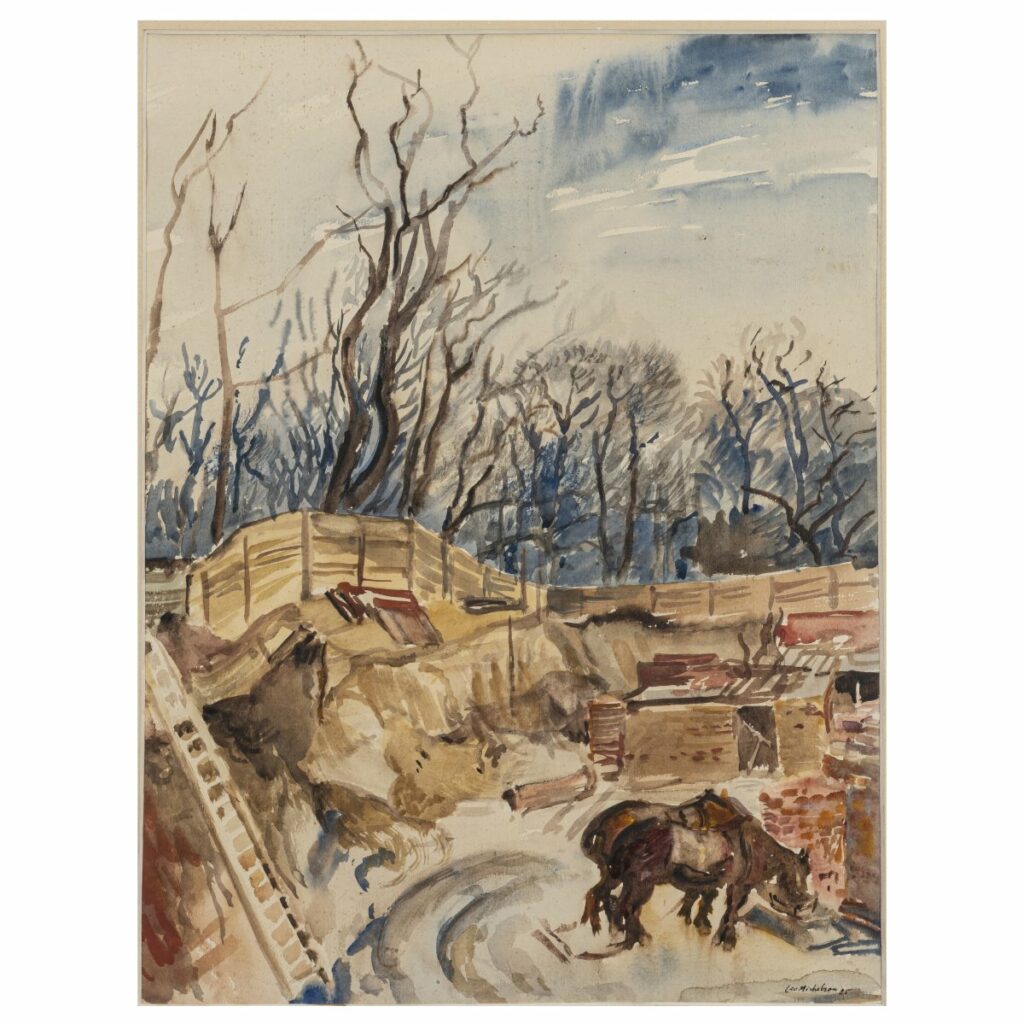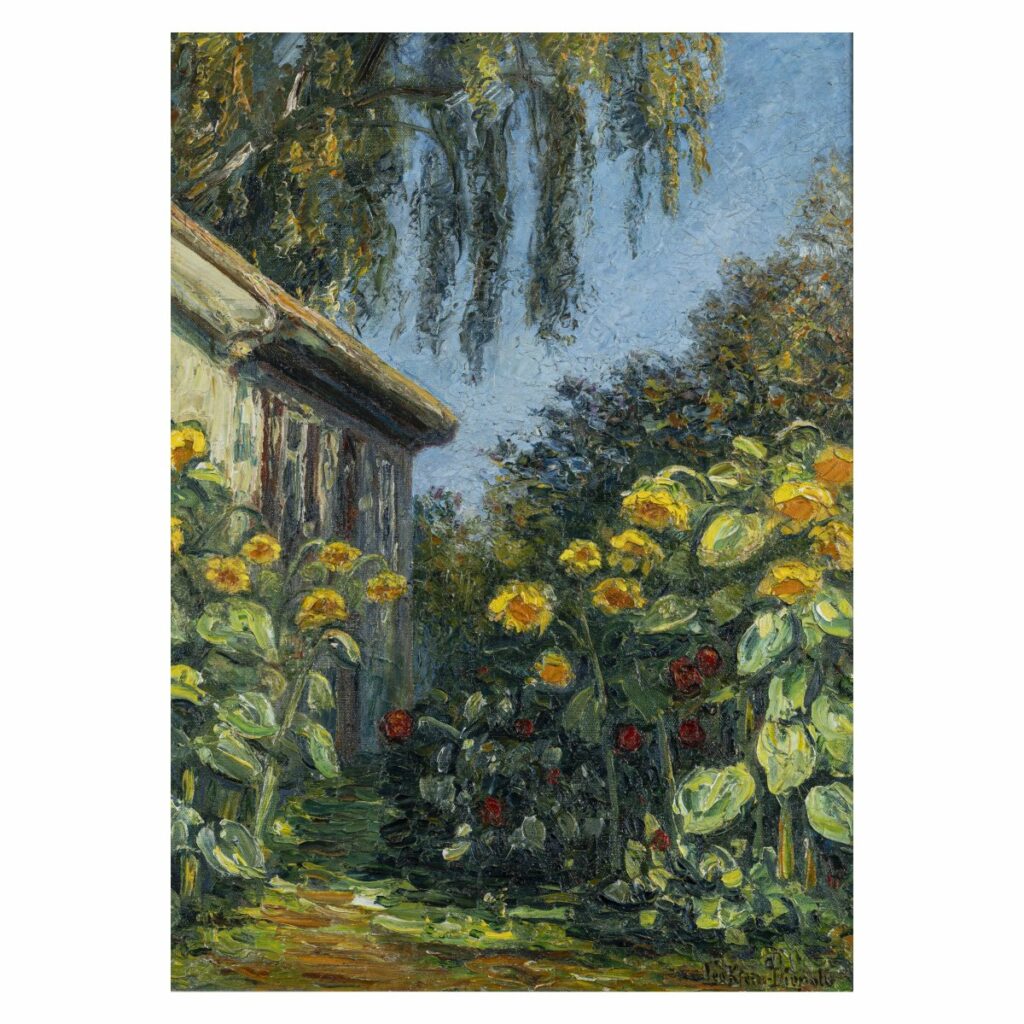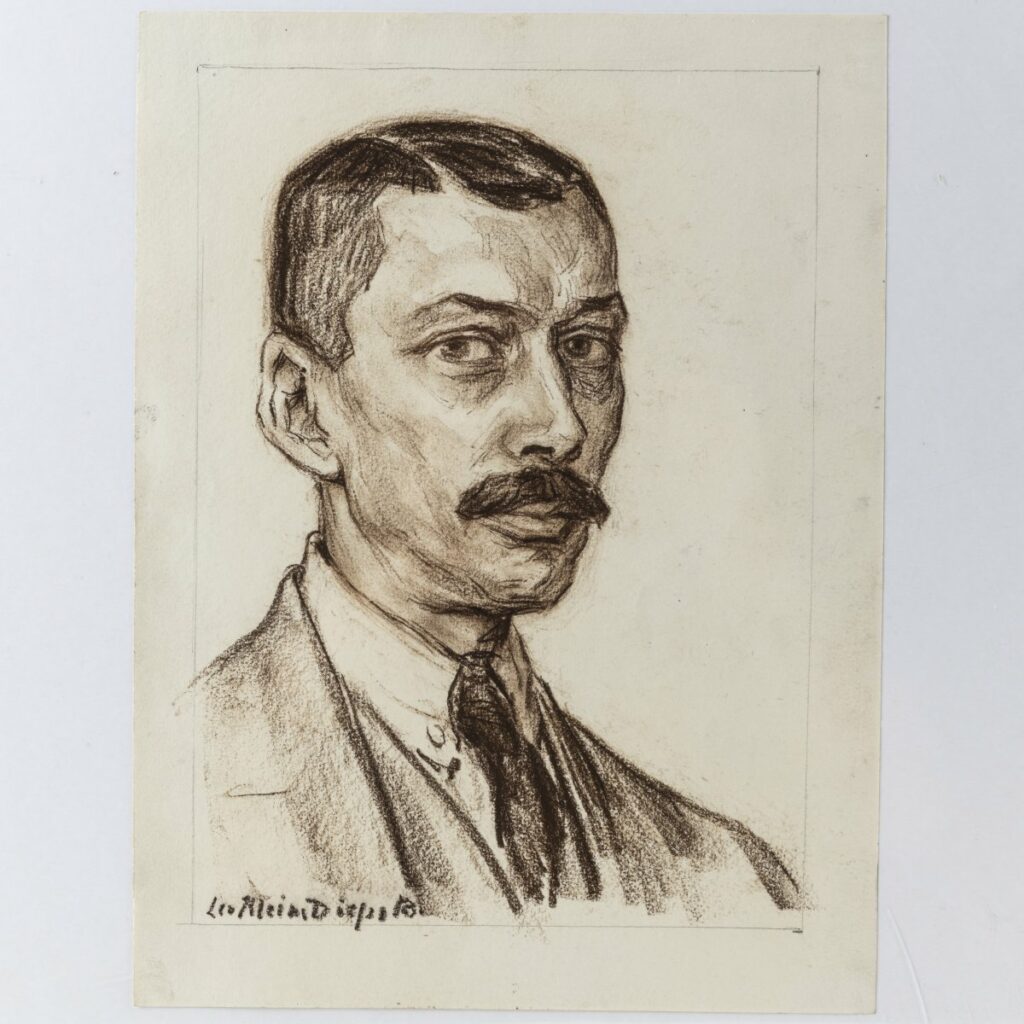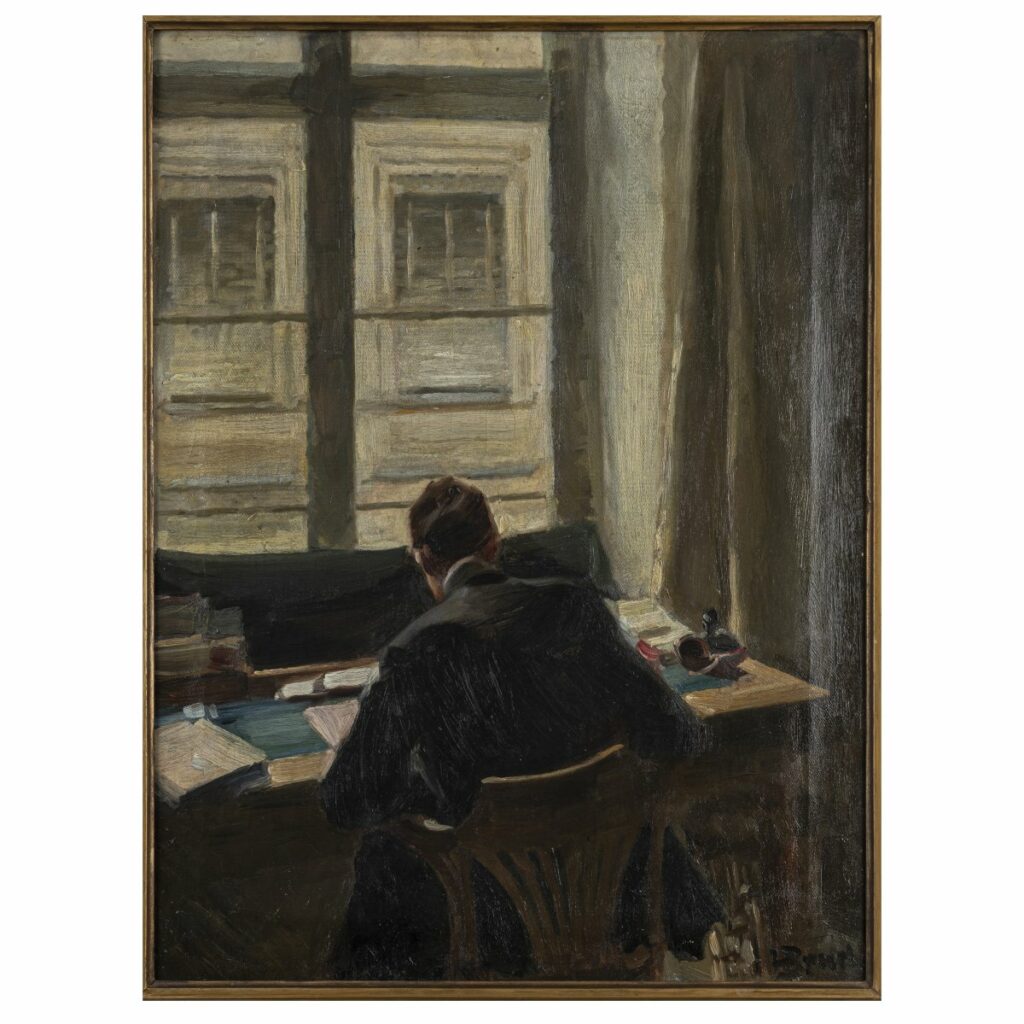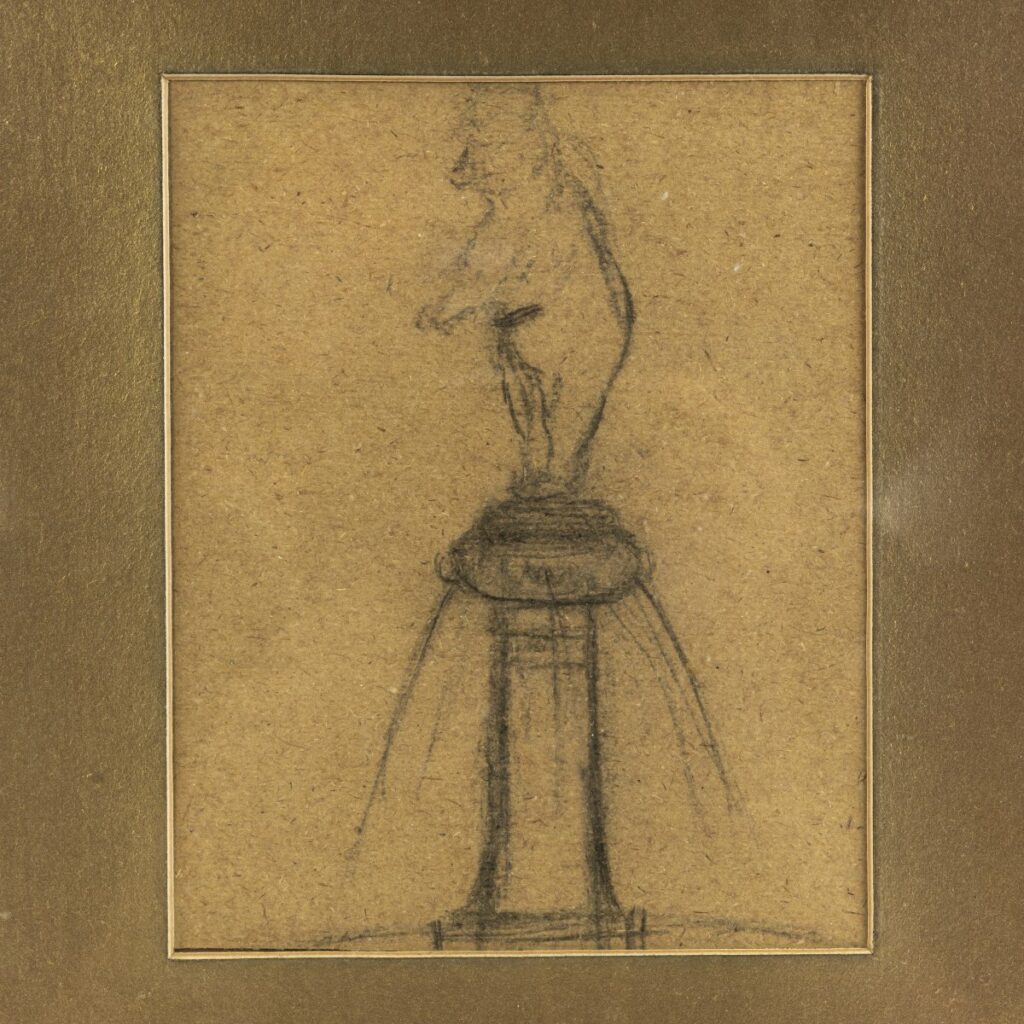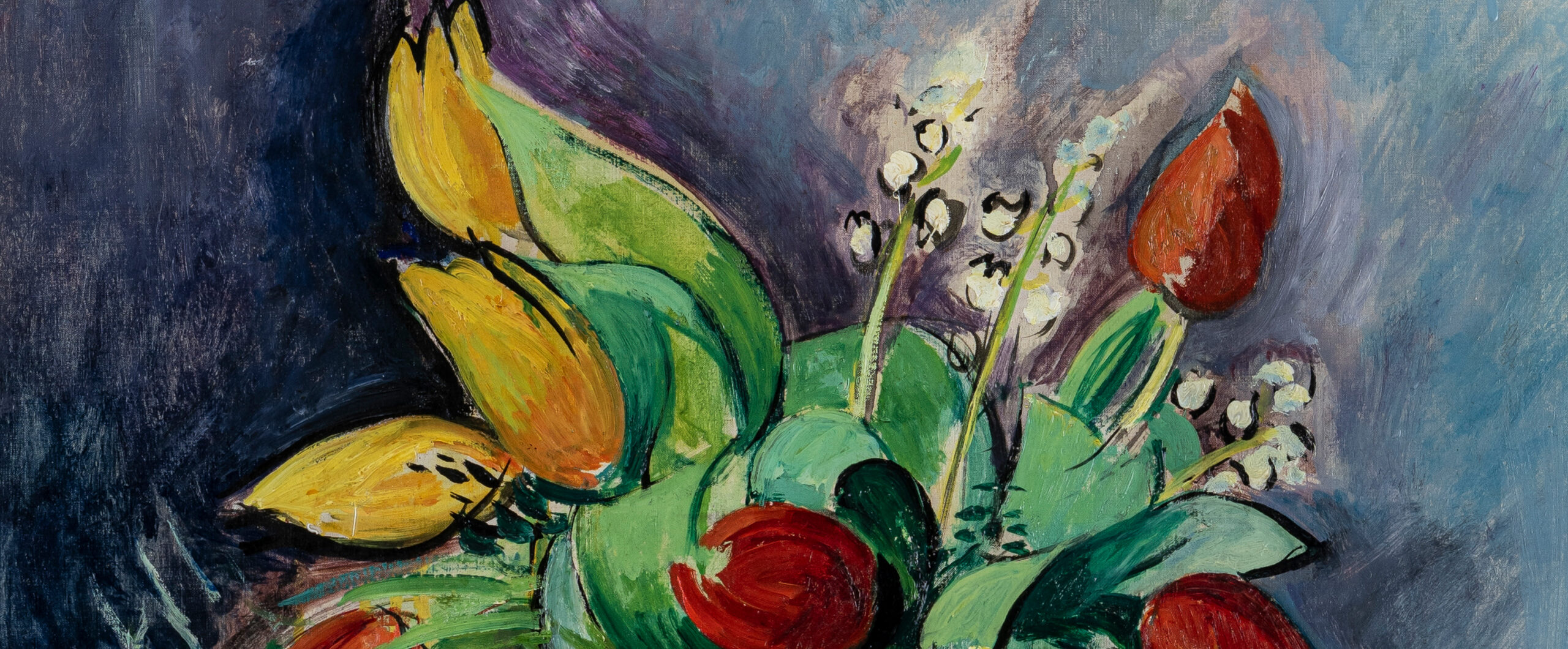
Works from the Collection of Theodor Stoperan
The Internationale Sammlerzeitung wrote in its 22nd issue of 1928 that the collection of Th. Stoperan, which was auctioned at Paul Graupe on November 2nd and 3rd of the same year, found an “exceedingly receptive audience”. It went on to say that all the works on offer were auctioned off at “very good prices”, even if the estimates that had formerly been made were not reached.
If one studies the list of auction results from Berlin at that time, one encounters true national and international greats of Impressionist and Post-Impressionist art, with whom the collector Stoperan maintained a friendly relationship.
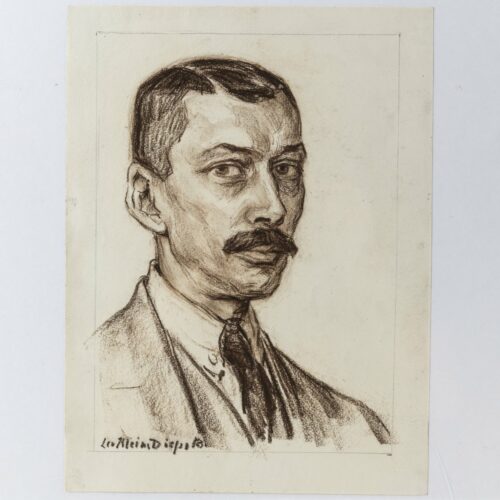
Theodor Stoperan, born in Bremen in 1867, moved to Berlin at the beginning of the 20th century and held the management of the Kunstsalon Paul Cassirer from 1910. Since its existence in 1898, the Kunstsalon established itself as one of the most important galleries of Impressionist art and exhibited not only French masters but also the main representatives of German Impressionism, who later – with Cassirer as chairman – belonged to the Berlin Secession: Max Liebermann, Max Slevogt and Lovis Corinth were among Stoperan’s acquaintances. This is evidenced, among other things, by portraits of Liebermann and Slevogt made at the same time in 1923, which show the art dealer. It can be assumed that Leo Klein von Diepold, who was resident in Berlin at the time, was also present at this artistic meeting. His portrait of Theodor Stoperan depicts authorized officer in a very similar appearance to those works by his fellow artists.
It is likely that Theodor Stoperan acquired the works of his own collection directly from the artist friends. Thus the painting ‘Bauerngarten in Noordwijk’ by Klein von Diepold, which was called at Graupe at the time under lot number 29 and shows a simple summer house behind lushly blooming sunflowers and dahlias.
Waldemar Rösler’s ‘Landschaft bei Lichterfelde’ probably also came into Stoperan’s possession during his time at Cassirer, at least the Kunstsalon held a memorial exhibition of the artist in 1917, a few weeks after Rösler’s death. In his depiction of Groß-Lichterfelde, Rösler, also a representative of the Berlin Secession, demonstrates the overcoming of late Impressionism in favor of an expressive style influenced by his Secession colleagues.
Stoperan’s career and collecting activities did not end with Cassirer, whom he left in 1920. After a brief stint at the Karl Haberstock Gallery, Theodor Stoperan joined Alfred Flechtheim and became the director of his branch in Berlin. Flechtheim’s interest in artists was similar to Cassirer’s; however, he also exhibited artists from the circle of the Café du Dôme, a Parisian restaurant by the Seine, which was considered a meeting place for the bohemians and to which Rudolf Levy also belonged. Stoperan obviously also enjoyed Levy’s works, and in any case added the ‘Tulpen’ from 1922 to his collection. A numbered adhesive label from the exhibition at the Flechtheim Gallery at the time can be found on the back of the stretcher.
In 1928, the Galerie Fritz Zickel Theodor Stoperan & Co. was founded as the second branch of the Fritz Zickels Gallery in Munich, and Stoperan opened the exhibition rooms with works by old acquaintances such as Liebermann, Slevogt and Klein von Diepold.
Theodor Stoperan died in 1938.
